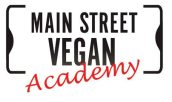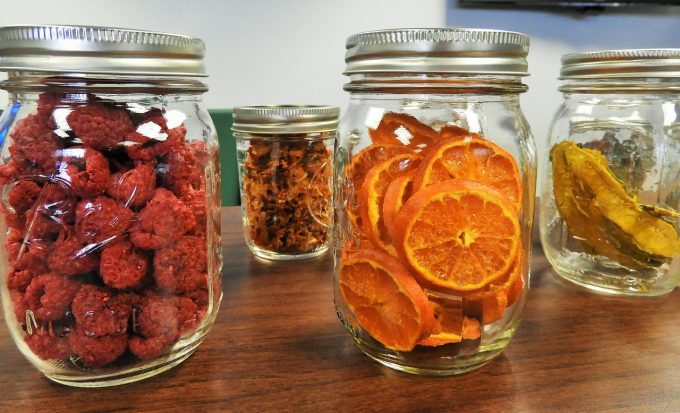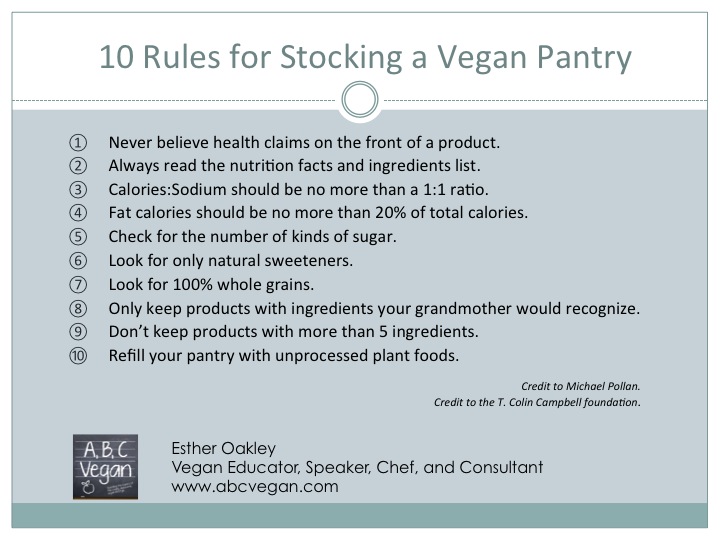One of the most important elements to set yourself up for success on your vegan journey is to create habits that make eating vegan and healthy automatic and routine. A critical way to do this is to clear your house out of any foods that don’t fit the bill, and to restock your pantry with the good stuff. This way when hunger strikes you have great options at your fingertips, instead of getting derailed by old temptations. Follow these 10 simple rules for what to keep/buy and what to toss, and you will be fast-forwarded on the path to having more energy and feeling wonderful.
1. Never believe health claims on the front of a product, like “low fat,” “100% natural,” etc. Most of these terms are completely undefined and can be used without any substantiation. You can decide the truth (and whether the item deserves a place in your pantry) by following rule #2…
2. Always read the nutrition facts and ingredients list. There are lots of clues on there to help you decide if a product deserves a place in your healthy pantry or not, like…
3. Check the calories versus the sodium. These should be at approximately a 1:1 ratio. Something with 100 calories should have no more than 100 grams of sodium. If it does, it stays out of your pantry!
4. Check the amount of fat *calories*. These should be no more than 20% of total calories.
5. Check for all the varieties of sugar. We consume so much hidden sugar in processed foods that needs to go. Aside from the obvious corn syrup, also look for barley malt syrup, dehydrated cane juice, dextrose, fruit juice concentrate, honey, maltodextrin, raw sugar, rice syrup, sorghum, and sucrose – just to name a few. Depending on the item – do crackers really need sugar? – any sugar at all could be a warning. But if there are 3 or 4 types? Definitely a no!
6. Related, while you’re looking at sweeteners, check for the type of sweetener. Processed sugars like high fructose corn syrup, maltodextrin, and refined sugar should all be avoided. If there are going to be sweeteners in a product, natural ones like molasses, maple syrup, date sugar, etc., are the better ones to have around.
7. Along with ditching processed white sugar, you’ll also want to ditch white flour. Check whole grain products to make sure they are truly 100% whole grain. For example, if the ingredient list just says “wheat flour” instead of “whole wheat flour,” it’s not made from the whole grain. Remember rule #1 about ignoring health claims? This is a case to make sure to do that. Many products will say “whole wheat” or “multi-grain” on the front of the package – but unless they say “100%” it may be misleading – meaning that there is some whole wheat, or they use multi grains, but that doesn’t mean there isn’t also processed white flour. Check the ingredients list to be sure there are only whole grains used.
8. To quote Michael Pollan, “Eat food. Real food. Mostly plants.” One of his easy rules from this that we can apply here is don’t stock anything with ingredients your grandmother wouldn’t recognize (unless you’re talking about healthy, whole foods that weren’t widely known in this country in her day – quinoa, tempeh, goji berries, and the like).
9. Also from Michael Pollan – Don’t stock anything with more than 5 ingredients. This needn’t be a hard-and-fast edict – a veggie burger with 8 ingredients is probably fine — but it’s a good general principle, especially combined with rule #8. The more ingredients a product has, the more likely it is to be highly processed, and you don’t want those foods around.
So what are some easy basics to keep around?
10. Fill your pantry with unprocessed plant foods – nuts and nut butters (avoid the ones with added sugars), dried fruit, maple syrup, molasses, quinoa, brown rice, fresh bottles of dried spices, dried beans, all-fruit jellies or jams, plain popcorn, kale chips, cacao powder … the plant world is endlessly full of terrific items to have on hand for a delicious snack or to add a little something extra to a great dish.
I hope this gives you some guidelines on where to start, and lays the foundation for starting some great habits. Please reach out if you have any questions or want some support or advice on your journey. For now, enjoy tackling that pantry and reward yourself with a nice green smoothie when you’re done!
Esther Oakley, MA, VLCE, is a vegan educator, speaker, chef, and consultant. She provides virtual coaching over Skype, as well as in-person cooking lessons and personal chef services, with a specialty in allergen-free cooking and education. She is the creator and marketer of the original kale doughnut and can help anyone learn to love their kale! You can find Esther on her blog A,B,C,Vegan and on Facebook, Twitter, and Pinterest.



